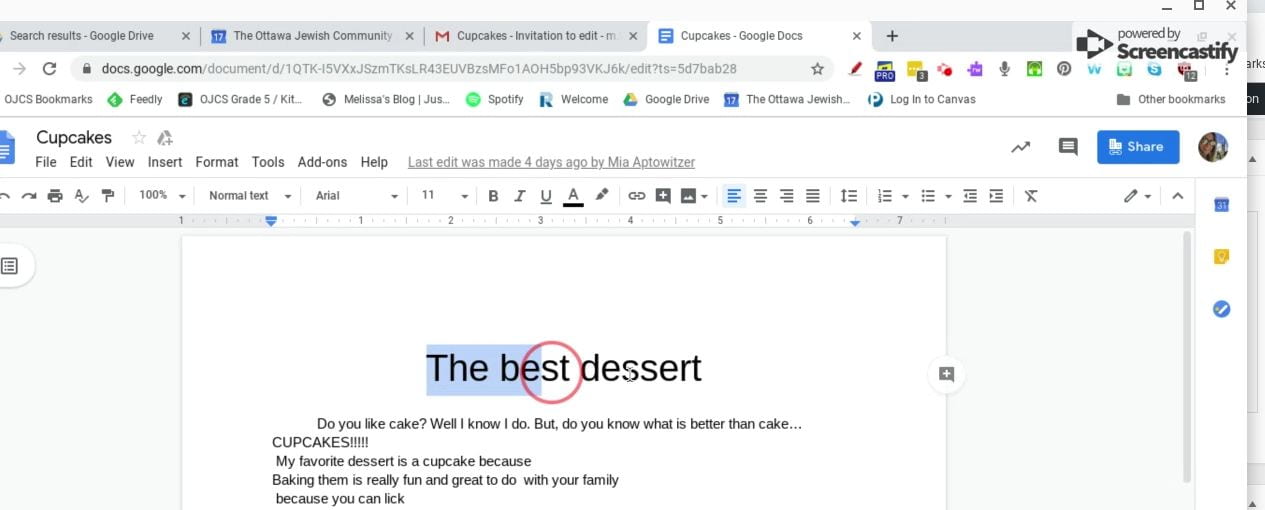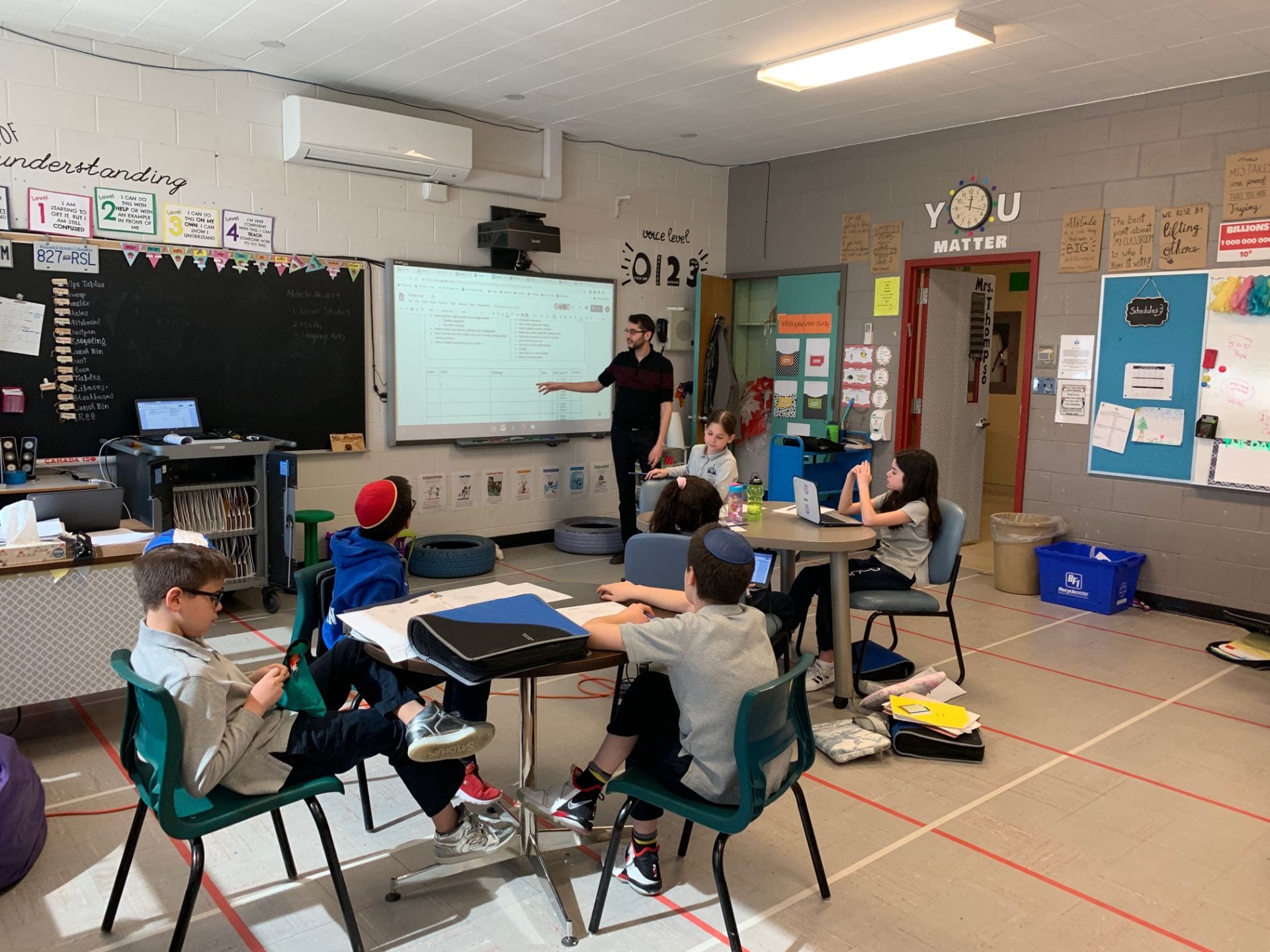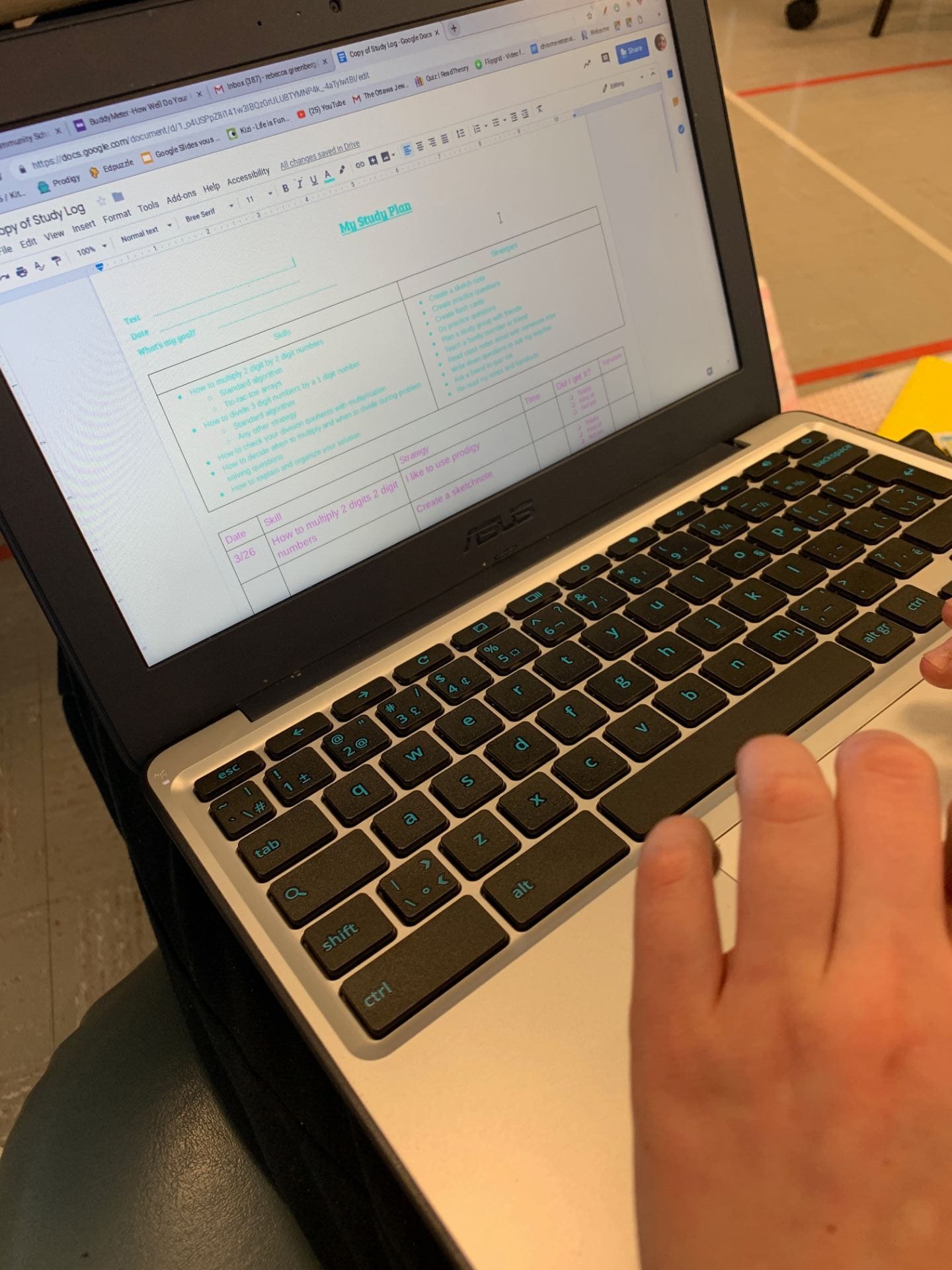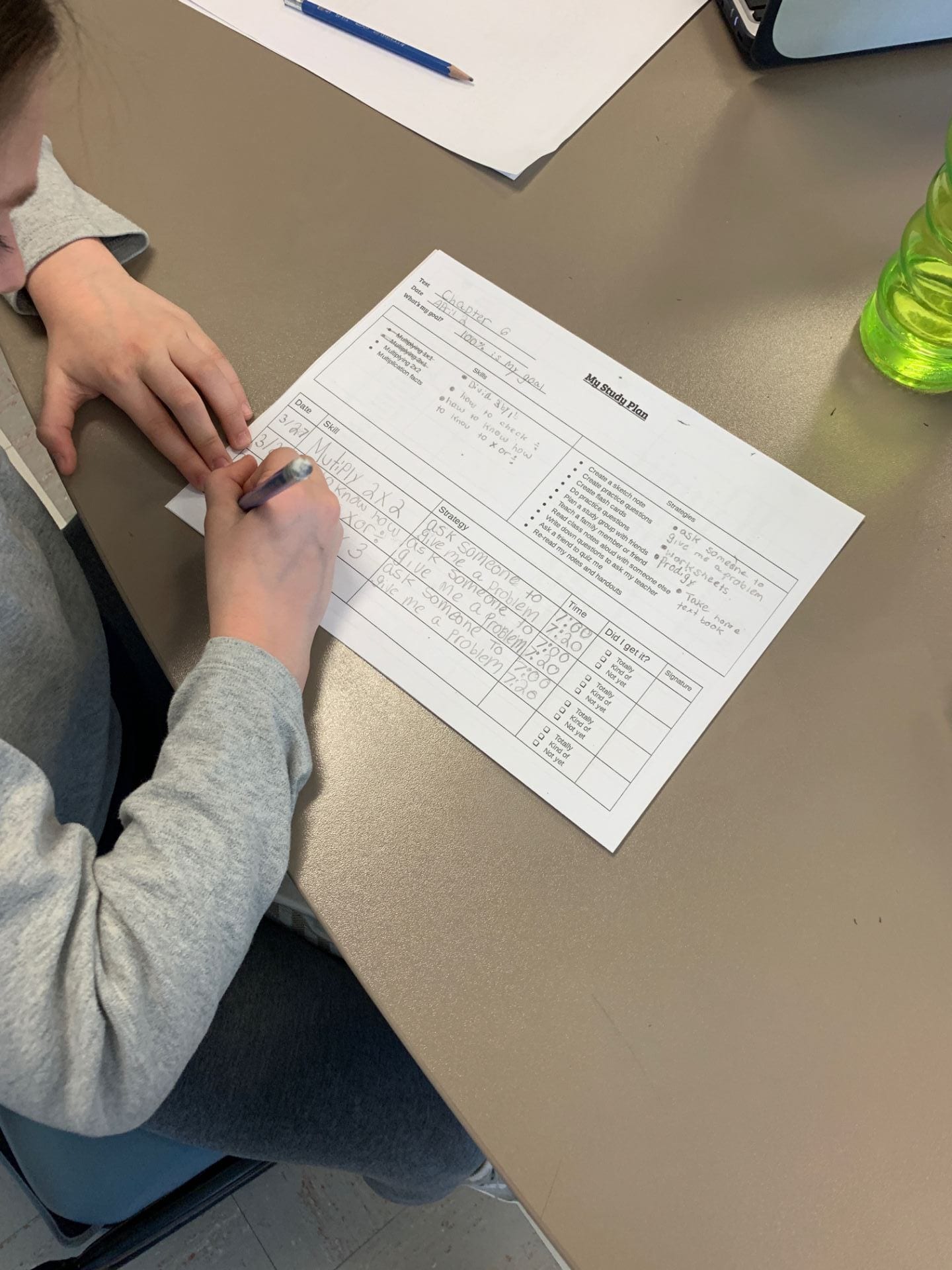How We BYOD
I can’t believe we’re already into our third week of school and this is my first post. I take it as a good sign that we’re so busy and engaged in class that there hasn’t been any time for an update!
But that doesn’t mean we haven’t been documenting our learning!
One new addition to our school policy this year is the soft launch of our Bring Your Own Device initiative for grades 4-8. Understandably so, there has been lots of conversation about what this means in terms of screen time for our students. I thought a good first step would be to show you how we’ve been using the devices in grade 5 to help enhance our learning. Technology is being integrated in meaningful ways, not simply for the sake of using a device. While we may have these devices in our classrooms, they are by no means being used ALL the time, and we are pretty deliberate about what they are used for.

First, we’ve made a few additions to our weekly classroom jobs. This summer I read, Who Owns the Learning by Alan November. In this book, he talks about the Digital Learning Farm, and how by giving student’s jobs within the classroom that are integral to the learning, they will take more ownership of their learning and become meaningful contributors to the class culture. This fit in perfectly with the work I, and a cohort of OJCS teachers did, last year with Silvia Tolisano. This matches our own OJCS North Star that We own our own learning. Therefore, three new jobs in our classroom are the researcher, the documenter, and the habit finder. The researcher helps answer our questions in the moment when they come up. I am the first to admit that there is A LOT I don’t know. In our classroom, students are curious and if questions come up we don’t know the answer to…the researcher will find it for us! The documenter captures the learning happening in the room and in the school. They take pictures and videos of important learning. This is great practice for when we launch out Student Blogs (grade 5 students did this last year, if you’d like to read more about it. The habit finder pays special attention to how we are following the 7 habits in our classroom, captures these moments and documents it for us. These will be great examples to share with the whole school at our monthly Rosh Chodesh assemblies.
Let’s see what some of our documenters have captured so far!

We were introduced to EdPuzzle, a place where we can watch videos and answer questions to check for understanding. These “flipped lessons” will most often be watched at home, but we did a quick lesson in class to make sure everyone knew what to do.
We also spent some time practicing our Math critical thinking skills by choosing a question to answer, solving it with our partner, and then documenting our thinking process on Flipgrid. We used the video feature and also the new whiteboard feature to create tutorials. By focusing on what we learned and what we found challenging, we’ll be able to use that learning for next time!



We also started reading our first class novel, Wonder, by R.J Palacio. We’ve already had some great discussions about friendship, acceptance and kindness. Even though some of us have already read this book before, we know that books are like gifts (simile alert! We also started talking about literary devices 😉). You can find something new each time you open it!


Finally, today students started watching video feedback from me on their first paragraphs. Using Screencastify, I was able to record myself editing the students’ work, offering tips and suggestions for improvements they could make. This personalized feedback allowed students to focus on the specific skills they are working towards, and make any necessary changes at their own pace. Afterward, one student said she couldn’t believe how helpful it was to be able to have the video open in the corner of the screen, while her document was open as well. She was able to pause the video at appropriate times and edit her work as necessary.

This is just the tip of the iceberg! It’s so exciting to see how much we’ve accomplished in such a short period of time. It’s clear that this is going to be a great year!



